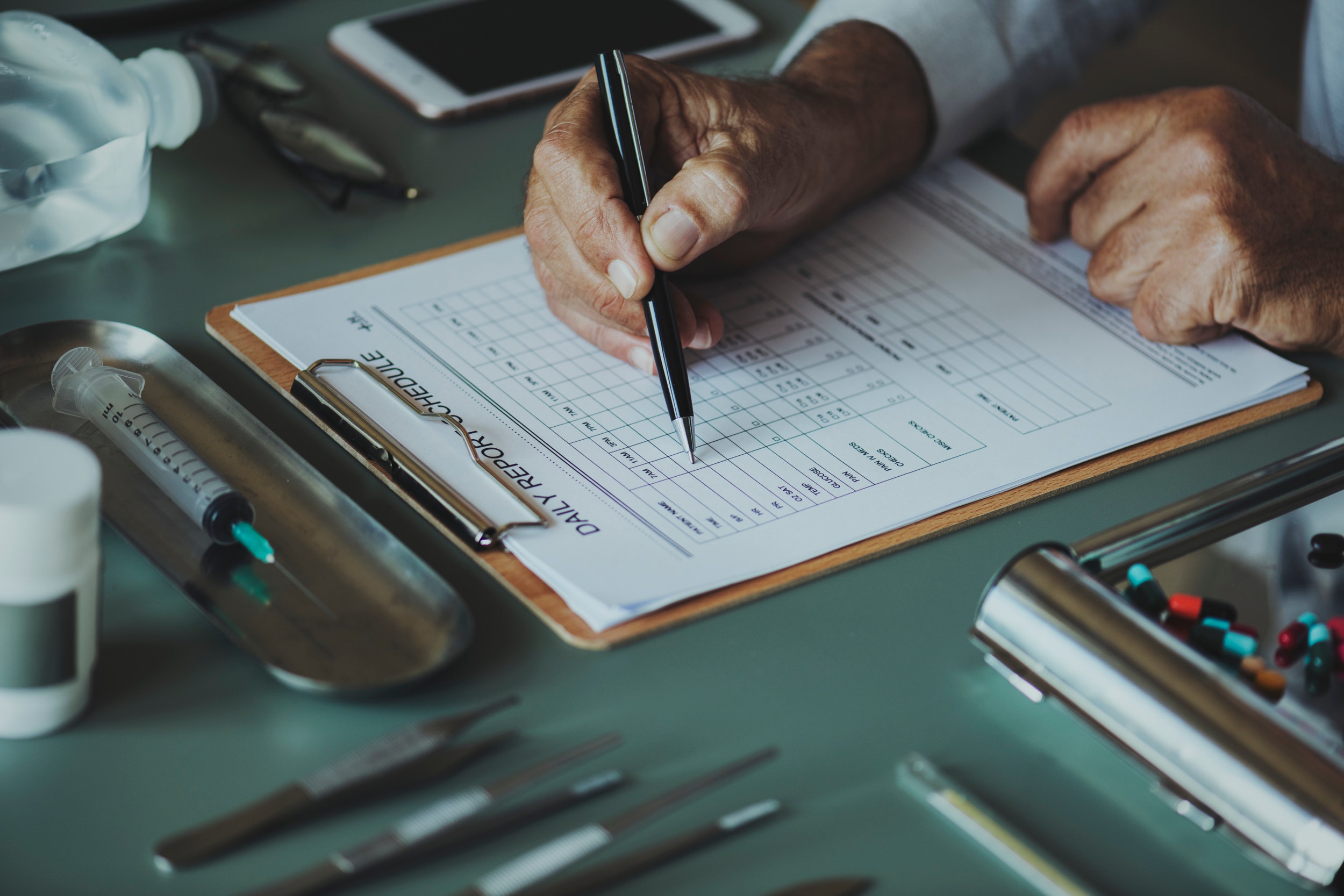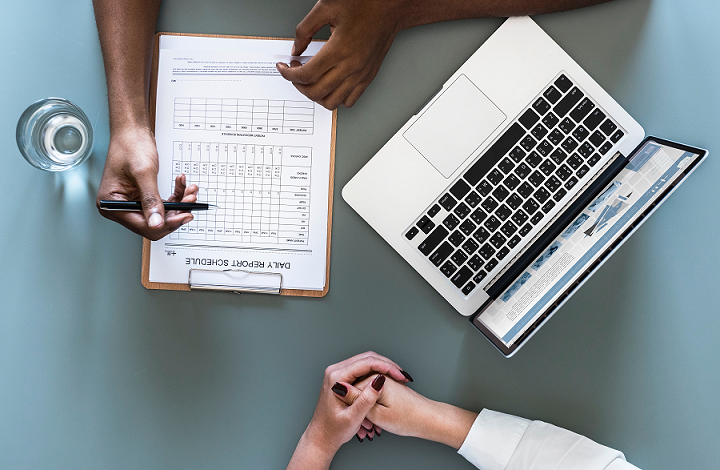A nursing report sheet is a paper template that a nurse uses throughout the day to keep track of what is going on with his or her patients. At the beginning of the day, a nurse might start a report sheet based on the information the leaving nurse provides. Throughout the day, that same nurse might have sheets specific to his or her patients or department. Some will choose simple sheets, while others prefer to have every detail noted. That’s a matter of personal preference, and we will be providing some of the best sheets for every nurse, no matter the style of work or specialty.
Nursing Brain Sheets

These nursing report sheets, also called “brain sheets,” include crucial information such as a patient’s allergies, medical history, diagnosis, consults, attending physician, medications, lab results, and vital signs. The following are some of the many other bits of information that can be added as well:
Brain Sheets
Benefits of Using a Nursing Report Sheet

The most significant benefit of using nursing brain sheets is that you have immediate access to information about each of your patients. For example, if your patient’s physician asks for information about the patient’s PT/PTT, you merely need to glance at your report sheet to find out the answer and relay it to the proper person. There are other ways a nursing report sheet can be helpful, however.
Nursing Report Sheet
Types of Nursing Report Sheet Templates

There are dozens of types of nursing, which all require different amounts and kinds of information. A charge nurse is going to have different daily tasks than an ICU nurse. The same goes for a nurse who works out of the emergency department and one who specializes in cardiac nursing.
Some nurses like to take pages and pages of notes, while others prefer to fill in a few boxes and move on. The point is that one nursing report sheet might be ideal for one person, while it’s useless to another. That’s why we wanted to offer a few of the options you have and explain what makes each unique.
The New Shift Report
At the beginning of your shift, you will be receiving copious amounts of information about your patients from the nurse who is headed home to rest. Remembering everything that this person says is challenging, and in cases where you have many patients, it can be impossible. Several things, such as these listed, might be included in a handoff or start-of-shift report:

Shift Report
You will likely not need to fill out every section for each patient, but a template that includes all of these can be used for any patient, rather than having a specialized sheet solely for start of shift information. An example of an excellent shift sheet can be found at www.NRSNG.com, the first sheet in the list.
Simplified Nursing Report Sheets
If you are the type of nurse who prefers to only take down the most critical information, without all of the superfluous details, there are plenty of charts out there for you, too. If you want to build one on your own, we have you covered. Here are some of the things you might want to include on your mini nursing sheets:
The Patient Simple Nurse Task Sheet (number 4) or Patient Simple Tele Sheet (number 3) are excellent options for those who prefer a minimalist report sheet style. Other simple sheets from that website include All the Boxes and the Vertical Nurse Brainsheet with Assessment Diagram. You can download a three-patient-per-sheet mini report sheet as well. If you prefer, build your own with all the information that matters to you.
Detailed Nursing Report Sheets
In contrast to those who prefer a simple brain sheet, there are those who like to jot down all of their thoughts throughout the day. Many nurses who fall into this category appreciate having more space available to take notes and less space to keep track of assessment information.
The Whitespace Nursing Assessment Sheet (number 20) is an excellent example of this idea. The top has the information about the patient, while the edges leave room for information about labs, IV fluids, and other things of that nature. In the middle of the page is a large white area where you can keep note of anything that seems relevant.
A slightly different option is number 14 (Boxes, Boxes, Boxes) on that same website. It has many of the same features as the one above but with more space for each item that is important. It also includes a box marked “password,” which is hugely beneficial if the patient prefers only people who know a specific phrase are allowed to enter the room they are staying in.
Postpartum Brain Sheets for Mother and Child

Whether you are doing rotations in postpartum or are working there as a specialty, there are many unique things you need to keep track of. You will need to be aware of the mother’s temperature, pulse, blood pressure, and blood sugar. However, it’s also important to assess the baby on a regular basis, keeping track of skin color, temperature, pulse, and feedings. The best nursing report sheets for this will have both patients listed so you don’t have to thumb through additional information.
Some of the best sheets for this situation are located here and here. You can also look at Postpartum Nursing Brain Sheet (number 7) and Mom-Baby Brainsheet (number 9).
Charge Nurse Brain Sheets
Every nurse has a whole lot on his or her plate, but for nobody does that ring truer than for those who are charge nurses. The typical charge nurse treats patients but is also tasked with supporting and supervising nursing staff. This means that daily duties include typical nursing tasks, managerial duties, and administrative responsibilities. Because of this, it’s no surprise that charge nurses need a little help remembering everything they need to do during a specific shift.

When it comes down to supervising patients of nurses on the charge nurse team, there may be little need for as much detailed information as there would be for the nurse doing most of the treatment. As such, many charge nurse brain sheets are going to be broken down into patients or rooms with each only taking up 1/4 or 1/3 of the sheet itself.
The following bits of information, by patient or room, are included in this example:
The actual information will vary based on the department and needs of the patients.
Situation Background Assessment Recommendation (SBAR) Sheets

Some hospitals and medical facilities choose to have a communication method that is standardized and used across all members of the healthcare team. One of the most common techniques is the SBAR. It offers information on how information is structured, how it is communicated, and what it should be composed of. If this is a technique used by your facility, the good news is that there are many report sheets that take this into account.
This type of sheet is set up in a specific way. It starts at the top with the situation, moves into the background, uses the assessment to fill most of the sheet, and ends with recommendations. Here is what you can expect at each point in the technique:
Choosing the Right Brain Sheet for You
Everyone is different and will have unique needs when it comes to brain sheets, charting, and patient care. We hope this article will give you a place to start in choosing the method that works best for you. Whether you build your own sheet, use someone’s template, or buy a hardcopy version of nursing report sheets, each can offer you a bit more success as you go through your day.

